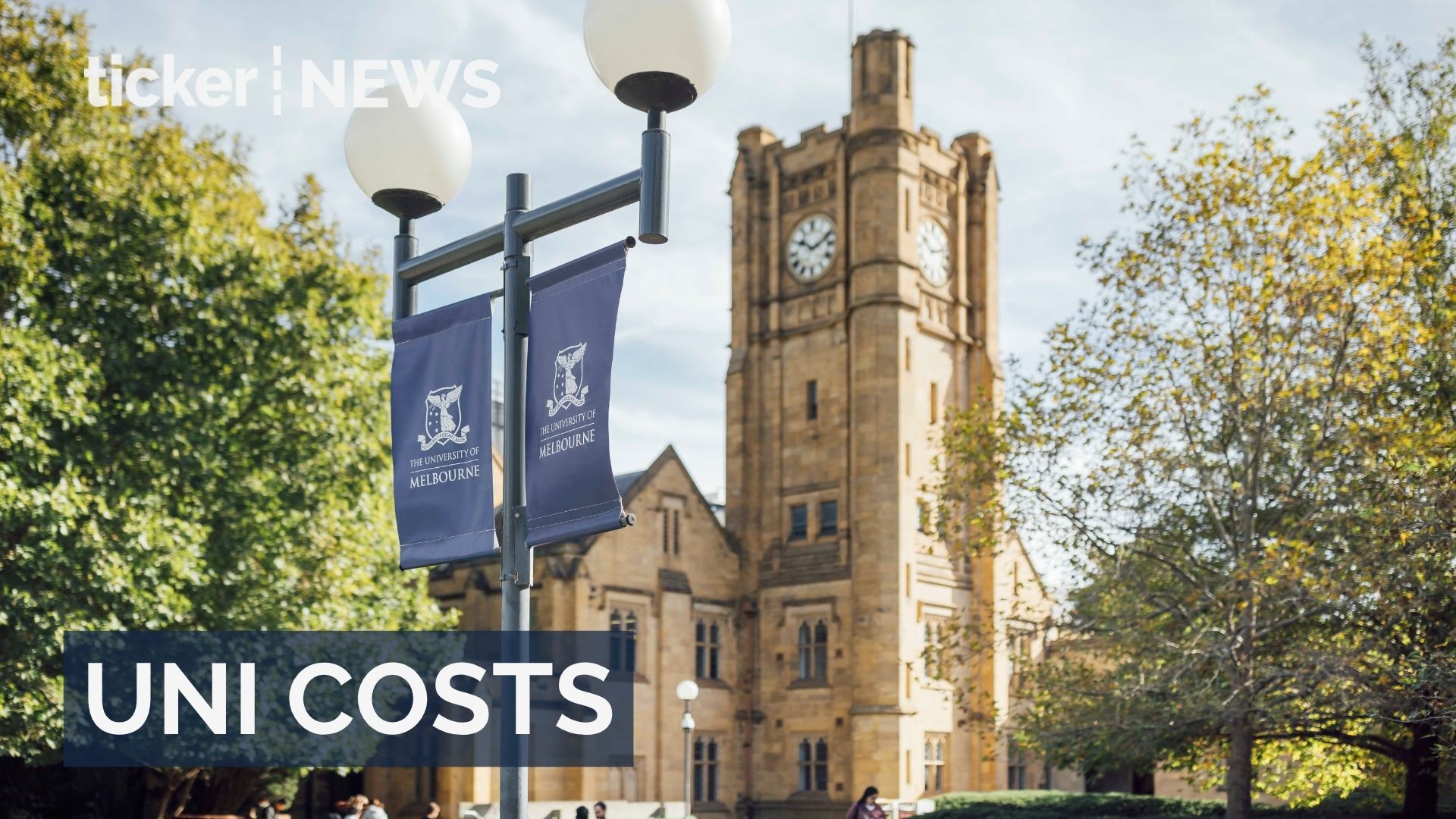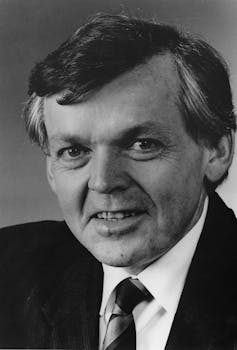Michelle Grattan, University of Canberra
Australia these days receives invitations to big-league international conferences. And so Anthony Albanese will be off soon to the G7 meeting in Alberta, Canada, on June 15-17.
For the prime minister, what’s most important about this trip is not so much the conference itself, but his expected first meeting with US President Donald Trump, either on the sidelines of the G7 or in a visit to Washington while he’s in North America.
Nothing is locked in. But it’s impossible to think such a meeting won’t take place. The Australian PM certainly needs to have his first face-to-face talks with the US president sooner rather than later.
During the election, there was much argument over whether Albanese or Peter Dutton would be better at dealing with the difficult and unpredictable Trump, in particular, in trying to extract some concessions on his tariffs
Australia has been hit by Trump’s 25% tariff on aluminium and steel, as well as by his general 10% tariff.
The Trump tariff regime has been a chaotic story of decisions, pauses and changes of mind. In the latest drama, the United States Court of International Trade on Wednesday blocked Trump’s “Liberation Day” tariffs (as far as Australia goes, this relates to the 10% general tariff but not that on aluminium and steel). The court found the president had exceeded his powers. The administration immediately appealed the decision.
We can’t know how this imbroglio will play out. But given Australia will still be confronting some tariffs, Albanese’s pitch for special treatment will be made around what we can do for the Americans with our large deposits of critical minerals and rare earths. These are vital for the production of a huge range of items, including for defence purposes.
Australia’s ambassador to the US, Kevin Rudd, speaking at a conference in Detroit this week, pointed out that the two countries already had a draft accord on these minerals.
“What we need to work out […] is how do we collaborate both on the mining, the extraction, the transportation and the processing and the stockpiling to make our economies resilient, including what you’ll need for future battery manufacture,” Rudd said.
When Albanese does get together with Trump, he will have the advantage of meeting him as the big winner of the recent election. Trump said of him post-election, “He’s been very, very nice to me, very respectful to me”.
But that’s no iron-clad guarantee of success. With the US president, there are always multiple “known unknowns”.
For Albanese, the outcome on the tariff front would be important, but not, of course, as important politically as it would have been pre-election.
A range of other issues will also be on the agenda when the two meet: including progress on AUKUS.
The president would no doubt be pleased the government is in the process of booting the Chinese lessee out of the Port of Darwin (with American investment firm Cerberus expressing an interest in taking over, although the government’s preference is for the port to be in Australian hands).
Trump might not think, however, that the government’s commitment to defence spending, due to reach 2.3% of gross domestic product by 2033-34, is enough. The Americans would prefer a level of 3% of GDP.
No doubt the Middle East would also be canvassed in such talks. While Middle East policy is not a frontline issue in the Australian-American relationship, the Albanese government struggles at home to strike the right stance.
Since the October 2023 Hamas attack on Israel, Australia has seen a deterioration in local social cohesion. Antisemitism spiked to a degree not anticipated; pro-Palestinian demonstrations became a regular and controversial feature. The government found itself under political fire from the Jewish community and pro-Palestinian critics alike.
With the Israeli government disregarding international criticism, and the humanitarian crisis in Gaza growing more dire, Albanese this week toughened his rhetoric.
On Monday he said: “It is outrageous that there be a blockade of food and supplies to people who are in need in Gaza. We have made that very clear by signing up to international statements”. He described Israel’s actions as “completely unacceptable”.
Within Labor, the pressure to go further has been mounting. It is on two fronts. Some want sanctions against Israel (beyond the existing sanctions in relation to settlers on the West Bank). There is also the issue of whether Australia should recognise a Palestinian state ahead of a two-state solution.
Ed Husic, a Muslim, was relatively outspoken even while he was in cabinet. Since being dumped from the ministry, he is much freer to put forth his view.
This week, he was calling for imposing sanctions if other nations were to do so. “I think we should be actively considering […] drawing up a list of targeted sanctions where we can join with others”.
Significantly, former Labor Foreign Minister Gareth Evans was another advocate, saying sanctions “would send a powerful message”.
But when the question of sanctions was put to Albanese, he was dismissive, raising the issue of substantive outcomes.
At the Labor party’s grassroots level, there is strong pressure for a more pro-Palestinian approach.
It is not unreasonable to think that would strike a sympathetic chord with both Albanese and Foreign Minister Penny Wong, but they are very cognisant of the politics – both international and local.
Wong a year ago raised the possibility of recognising Palestine statehood as a step along a peace process, ahead of a two-state solution.
Australia’s ambassador to the United Nations, James Larson, last week delivered an Australian statement to a preparatory meeting for a June conference in New York on “the question of Palestine and the implementation of the two-state solution”.
Echoing Wong’s earlier position, he said: “A two-state solution – a Palestinian state alongside the state of Israel – is the only hope of breaking the endless cycle of violence, and the only hope of a just and enduring peace, for Israelis and Palestinians alike.”
“Like other partners, Australia no longer sees recognition of a Palestinian state as only occurring at the end of negotiations, but rather as a way of building momentum towards a two-state solution.”
Evans, in an article for Pearls and Irritations this week, says the “strongest and most constructive contribution” Australia could make on the issue would be to announce at the conference “that we are immediately recognising Palestinian statehood: not just as the final outcome of a political settlement but as a way of kickstarting it”.
The government is tight-lipped about what stand it will take for the June 17-20 conference, saying it doesn’t have details yet and is unable to say who will attend for Australia. It says it is not being framed as a conference where countries are expected to make pledges.
Nevertheless, many within Labor will be watching closely whether the coming weeks will see any change in Australia’s Middle East policy. But that, in turn, would depend on whether others make any moves, because Australia wants to have company from like-minded countries.
Michelle Grattan, Professorial Fellow, University of Canberra
This article is republished from The Conversation under a Creative Commons license. Read the original article.
























